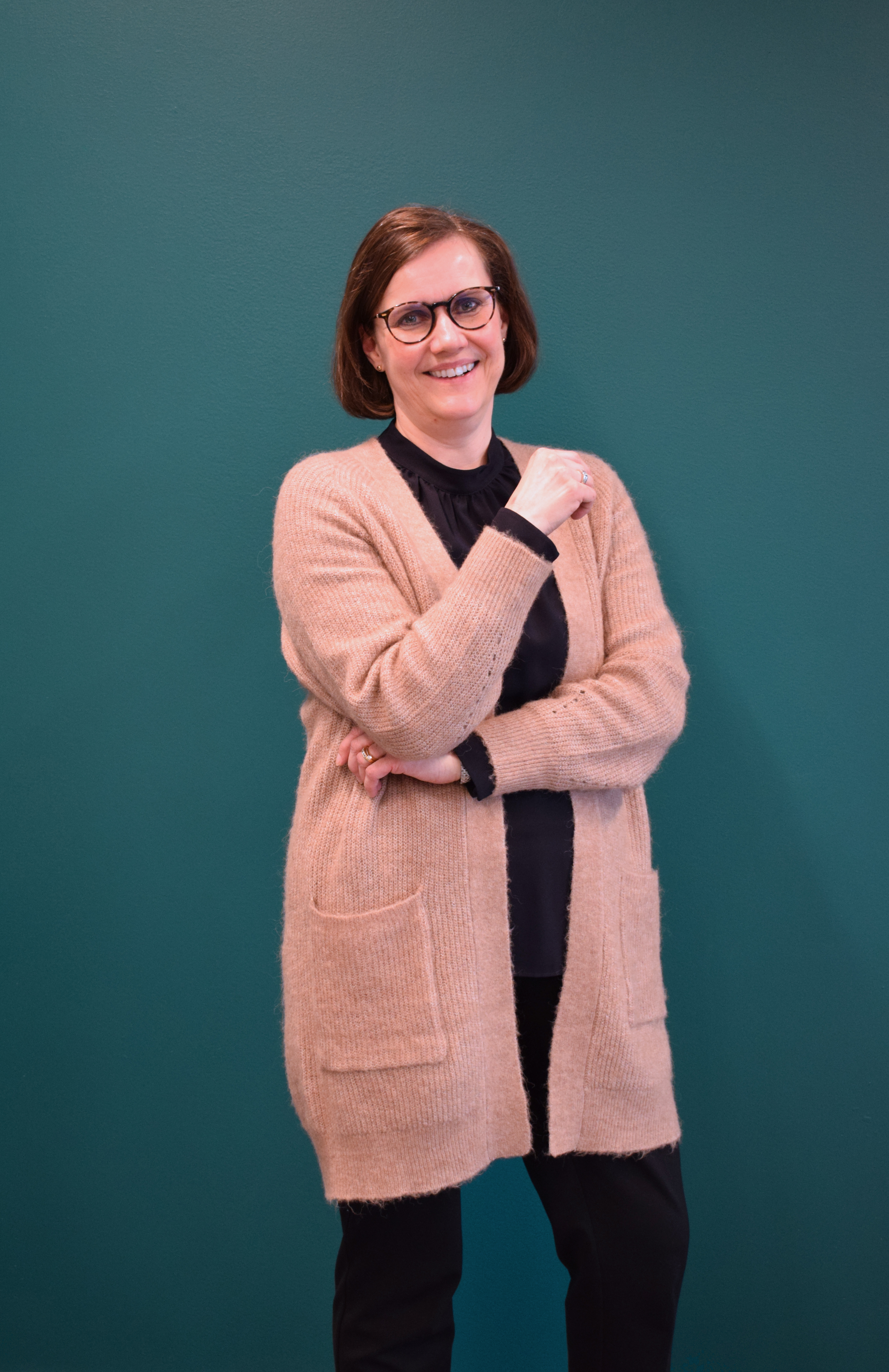
A recipe for sustainable working life – “Discover, redesign, thrive”
Contrary to popular belief, technology and digitalisation do not replace people in the workplace. The competitiveness of organisations is ensured with the right kind of experts and a roadmap for sustainable working life – with people at the core and understanding our own strengths.
Minna Kinnunen, Accountor's Business Director responsible for HR and financial development services, who works with different types of organisations, is well aware of what Finnish organisations are pondering about.
"The question that comes up most frequently is about building the skills and abilities for the future," Kinnunen tells.
More and more companies are beginning to realize that their future success will not only come from focusing on technological developments and processes, but also from including people and people's competences in their plans.
"The role of the people is more important than ever, because with the development of technology and the transformation of working life, organisations are changing at a rapid pace and there is fierce competition for the best experts," Kinnunen explains.

Well-being and life balance are important
Professional people choose according to their own preferences and values what kind of organisation they want to work for. Well-being, work-life balance, sustainable work practices, and sustainable development themes are emphasized in the choice of work, especially for the younger generation.
“It’s important to be aware about what people want from their work and work environment. Then you can think about what our organisation can offer to get the best people to work for us.”
Accountor’s broad view of the corporate field helps to outline planning.
"Now people are committed to the job, not the employer," Kinnunen concludes.
Discover, redesign, thrive!
Different things are emphasized during different eras. To succeed, an organisation must be able to anticipate the future and dare to evolve. Accountor talks about this as sustainable working life.
What elements are used to build a sustainable working life? Kinnunen lists three things that Accountor has identified: discover, redesign, and thrive.
"Everything starts with us realising where we are and where we want to be in the future," Kinnunen tells.
"To succeed, an organisation must be able to anticipate the future and dare to evolve. Accountor talks about this as sustainable working life."
Based on this understanding, we need to think about what we need to unlearn and what to develop. We recognize the important things that an organisation can build on, and furthermore, what completely new needs to be brought to the organisation.
“Redesign happens by drawing up a roadmap on how, in what way and with what operating models, change will take place. We need to specify the competencies that we want to be within the organisation and, on the other hand, what kind of network partners are needed to fill in the needed competencies,” Kinnunen continues.
Sustainable leadership at the heart of everything
Thriving can only happen when the roadmap and values for a sustainable work life can be brought into people’s daily lives, and this is where leadership has an important role to play.
"With leadership we also ensure that the organisation has the right kind of expertise at the right time," says Kinnunen.
In Accountor’s view, sustainable leadership includes, for example, coaching leadership, fairness, equality, competence development, hybrid work, and self-directed teams.
Understand the factors of competitiveness to succeed now and tomorrow
For many organisations, the hardest part is figuring out what kind of change is needed and understanding what their own competitive factors will be in the future.
"You can't start doing everything but you should be able to choose the right things," Kinnunen reminds.
Sustainable working life is about continuous discovering, redesigning, and thriving. At the same time, we must be able to succeed in the present, but also to be competitive in the future.
"In a way we need to be able to run a hundred meters at the same time as a marathon," Kinnunen concludes.
The bottom line in this run is not just to develop processes or the technical world, but to get people on the change path in good time.